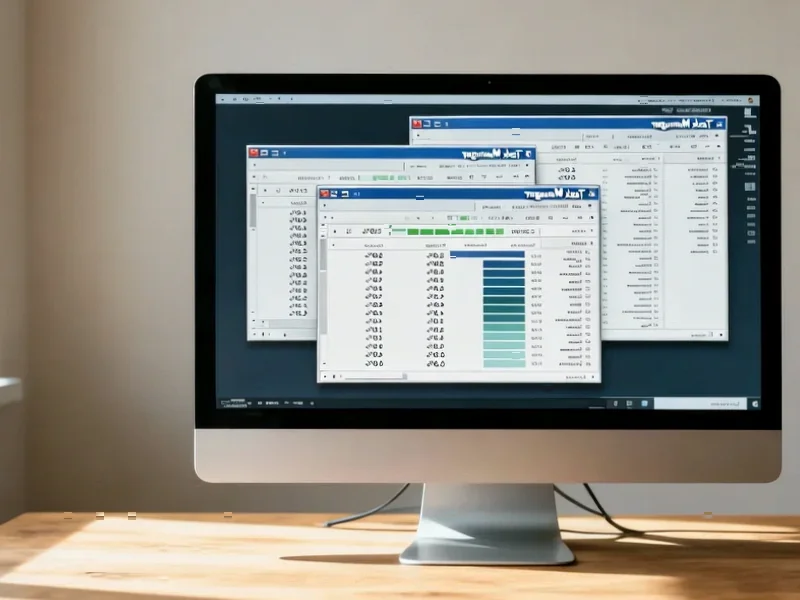According to TheRegister.com, Debian developer Julian Andres Klode announced that the APT package manager will have a “hard requirement” on Rust starting in May 2026, potentially ending support for several legacy processor architectures. The decision affects ports without working Rust toolchains, specifically naming Alpha, HP PA-RISC, Motorola 680×0, and Hitachi SH4 as facing potential removal. Klode emphasized that the project needs to “move forward and rely on modern tools and technologies” rather than being “held back by trying to shoehorn modern software on retro computing devices.” The move affects both official Debian architectures and 11 maintained ports, with Rust’s tiered platform support determining which architectures can realistically continue. This strategic shift represents a fundamental rethinking of what “universal” means for one of Linux’s most influential distributions.
The Business Logic Behind Memory Safety
This decision isn’t just technical—it’s fundamentally economic. The cybersecurity landscape has shifted dramatically, with memory safety vulnerabilities becoming increasingly expensive liabilities. Major tech companies including Google, Microsoft, and Apple have publicly committed to memory-safe languages, recognizing that the cost of patching and responding to security incidents far outweighs the investment in modern tooling. For Debian, which underpins countless enterprise systems and cloud deployments, maintaining security credibility is a business imperative. The Sequoia-PGP ecosystem integration specifically targets cryptographic operations where memory safety is non-negotiable for maintaining trust in package verification.
The Resource Allocation Equation
Every legacy architecture supported represents significant ongoing maintenance costs—developer time, testing infrastructure, and compatibility patches. With Rust’s tiered support system creating natural boundaries, Debian is effectively outsourcing architecture viability decisions to the broader Rust ecosystem. This allows the project to concentrate limited volunteer resources where they deliver maximum impact. The timing is strategic: giving maintainers six months to either port Rust or sunset their architecture creates a clear decision point without immediate disruption, as evidenced in the original mailing list discussion.
Strategic Market Positioning
Debian’s “universal operating system” branding faces reality: universality now means supporting architectures that matter in today’s market, not preserving computing archaeology. The distribution competes in an ecosystem where Ubuntu, Red Hat, and SUSE have already made similar tough choices about legacy support. By aligning with modern development practices and security standards, Debian positions itself as relevant for cloud-native deployments, container infrastructure, and security-conscious enterprises. The Tier 2 Rust support for architectures like Loongson and SPARC64 shows the project isn’t abandoning all niche platforms—just those without viable futures.
Broader Ecosystem Implications
This decision creates ripple effects throughout the open source world. As one of the most influential Linux distributions, Debian’s architectural choices often predict broader industry trends. Package maintainers across the ecosystem will now face pressure to ensure their software builds with Rust toolchains, potentially accelerating Rust adoption beyond Debian. The move also signals that OpenPGP implementations and cryptographic tooling are increasingly prioritizing memory-safe languages, which could influence security standards and compliance requirements across the industry.
The Inevitable March Forward
This Rust requirement is just the beginning of a larger architectural consolidation. As Klode noted in follow-up discussions, even 32-bit x86 support appears destined for eventual deprecation. The Linux kernel itself has been flirting with dropping older 32-bit processors, suggesting this is an industry-wide trend rather than a Debian-specific decision. What makes this moment significant is that Debian is being transparent about the timeline and criteria, giving the community clear expectations rather than letting architectures slowly atrophy through neglect. The era where every distribution tried to support every possible architecture is ending, replaced by strategic focus on platforms with viable futures.




